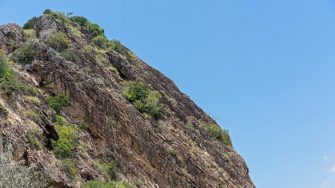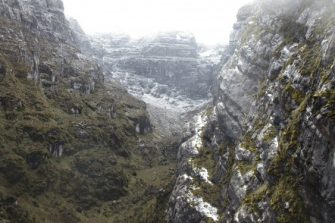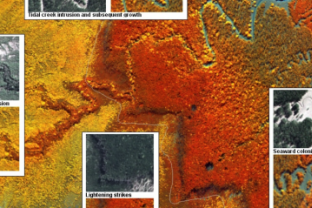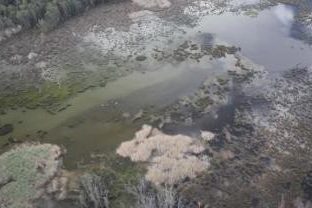
Through a collaboration with the Japanese Space Exploration Agency (JAXA) Kyoto and Carbon (K&C) Initiative and partners at Department of Science, Information Technology, Innovation and the Arts (DISITIA), Aberystwyth University and the University of Southern California, Advanced Land Observing Satellite (ALOS) Phased Arrayed L-band Synthetic Aperture Radar (SAR) mosaic data are being used to generate state wide datasets of above ground biomass and structural attributes. Research conducted to date has established that retrieval of above ground biomass from the L-band backscatter data is optimal when surface conditions are relatively dry and that the level of saturation with respect to biomass can be increased using such data (Lucas et al., 2010). By segmenting the landscape using a combination of the ALOS PALSAR L-band HH and HV data and Landsat-derived persistent green cover, areas of relative structural homogeneity can also be delineated. Research is now focusing on associated such areas with ICESAT GLAS waveforms with a view to establishing a regional or continental classification.
Lucas, R.M., Armston, A., Accad, A., Carreiras, J., Bunting, P., Clewley, D. et al. (2010). An evaluation of the ALOS PALSAR L-band backscatter-above ground biomass relationships over Queensland, Australia, IEEE JSTARS Kyoto and Carbon (K&C) Initiative Special Issue, 3(4), 576-593.



